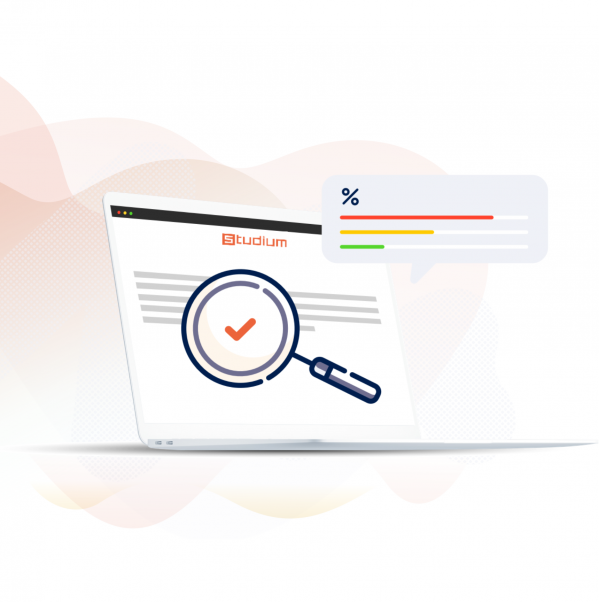When writing an academic or scientific work, plagiarism can be severely punished, even career-ending. A major advantage of avoiding plagiarism is that you leverage your sources by combining your knowledge with your research findings. To create original, high-quality writing, it is crucial that you cite your sources correctly.
That being said, it is not always easy to know what to cite and how to do it. Unintentional plagiarism exists in many pieces of writing. Is paraphrasing allowed? Can you reuse a paper from the previous year? Should you cite the translation of a scientific fact? ...
To avoid pitfalls, there are tips to prevent similarities with suitable software.
Summary :







